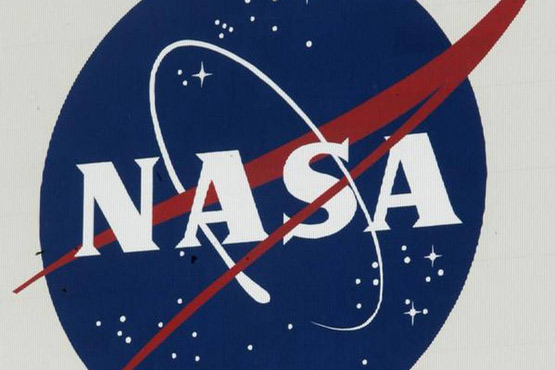NASA plans to send first mobile robot to Moon in 2023

VIPER will collet the data at the lunar south pole
NEW YORK (Web Desk) - The United States National Aeronautics and Space Administration (NASA) is planning to search for water and other resources on the moon in 2023.
The US agency, as part of its Artemis program, is planning to send its first mobile robot to the Moon in late 2023 in search of ice and other resources on and below the lunar surface, it said in a statement.
The Volatiles Investigating Polar Exploration Rover, or VIPER will collect data that would help NASA map resources at the lunar South Pole that could one day be harvested for long-term human exploration at the Moon.
“The data received from VIPER has the potential to aid our scientists in determining precise locations and concentrations of ice on the Moon and will help us evaluate the environment and potential resources at the lunar south pole in preparation for Artemis astronauts,” said Lori Glaze, director for NASA’s Planetary Science Division at the agency’s Headquarters in Washington.
“This is yet another example of how robotic science missions and human exploration go hand in hand, and why both are necessary as we prepare to establish a sustainable presence on the Moon,” added Glaze.
VIPER runs on solar power. It will be required to quickly maneuver around the extreme swings in light and dark at the lunar South Pole. NASA has awarded a task order to Astrobotic for VIPER’s launch, transit and delivery to the lunar surface as part of the agency’s Commercial Lunar Payload Services (CLPS) initiative.
“Once on the Moon, the rover will explore lunar craters using a specialised set of wheels and suspension system to cover a variety of inclines and soil types,” NASA explained.
“The rover’s design significantly enhances upon a former robotic concept to prospect the Moon called Resource Prospector, which NASA canceled in early 2018. Since then, the VIPER mission duration was extended from one to three lunar days (100 Earth days). VIPER has evolved to increase its science capabilities, enabling more data collection at the lunar surface,” it added.

